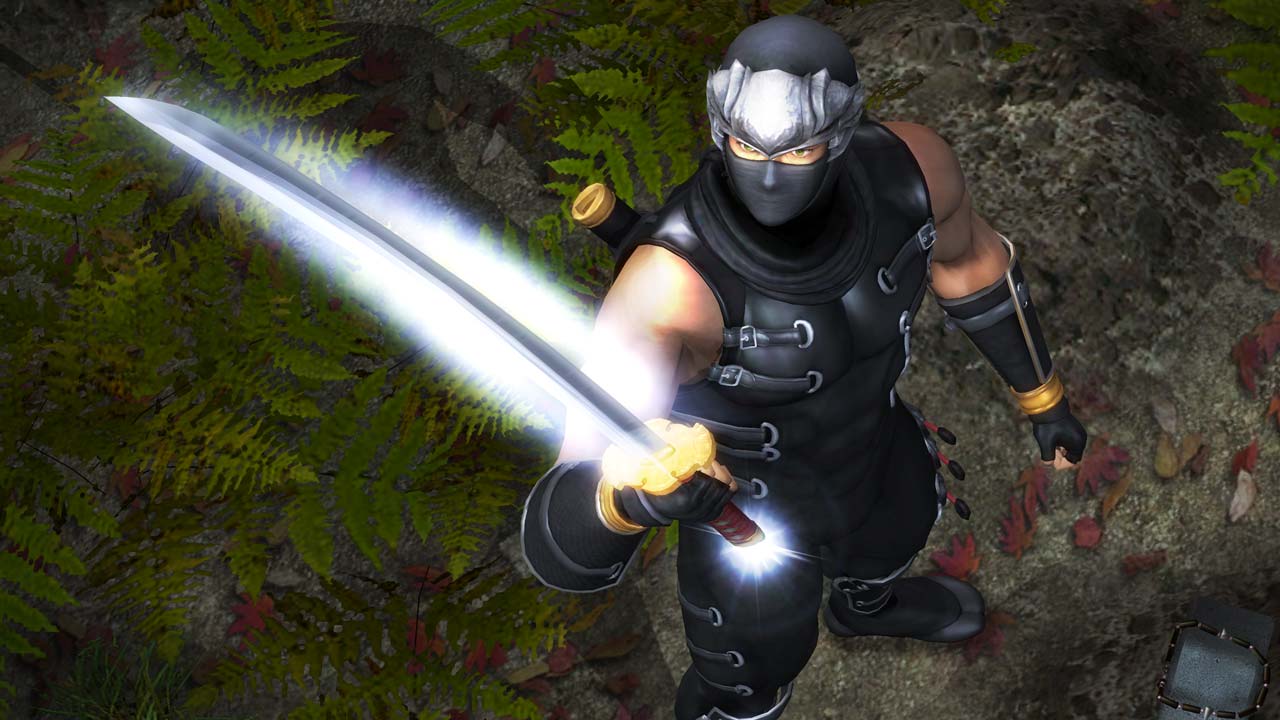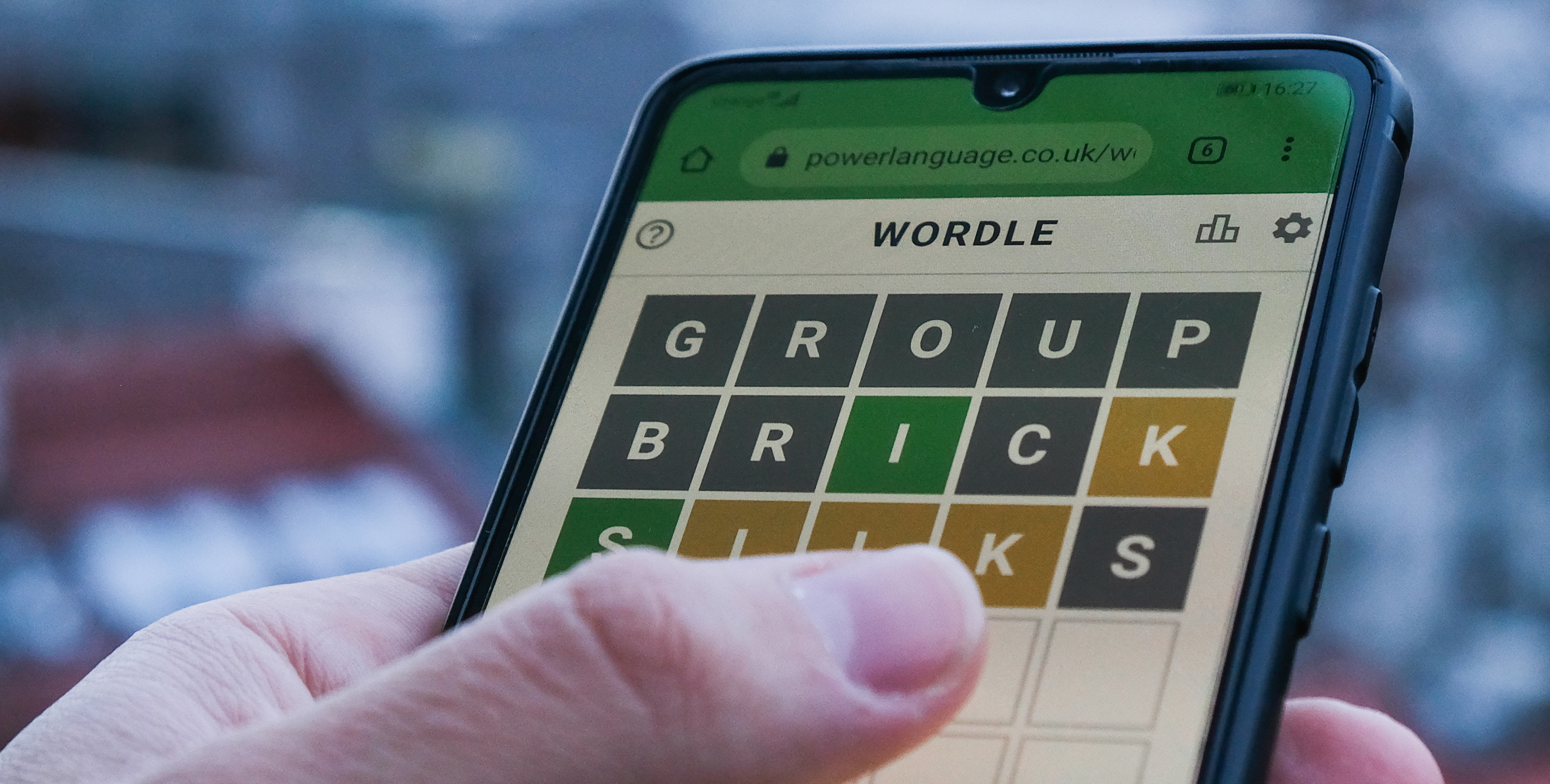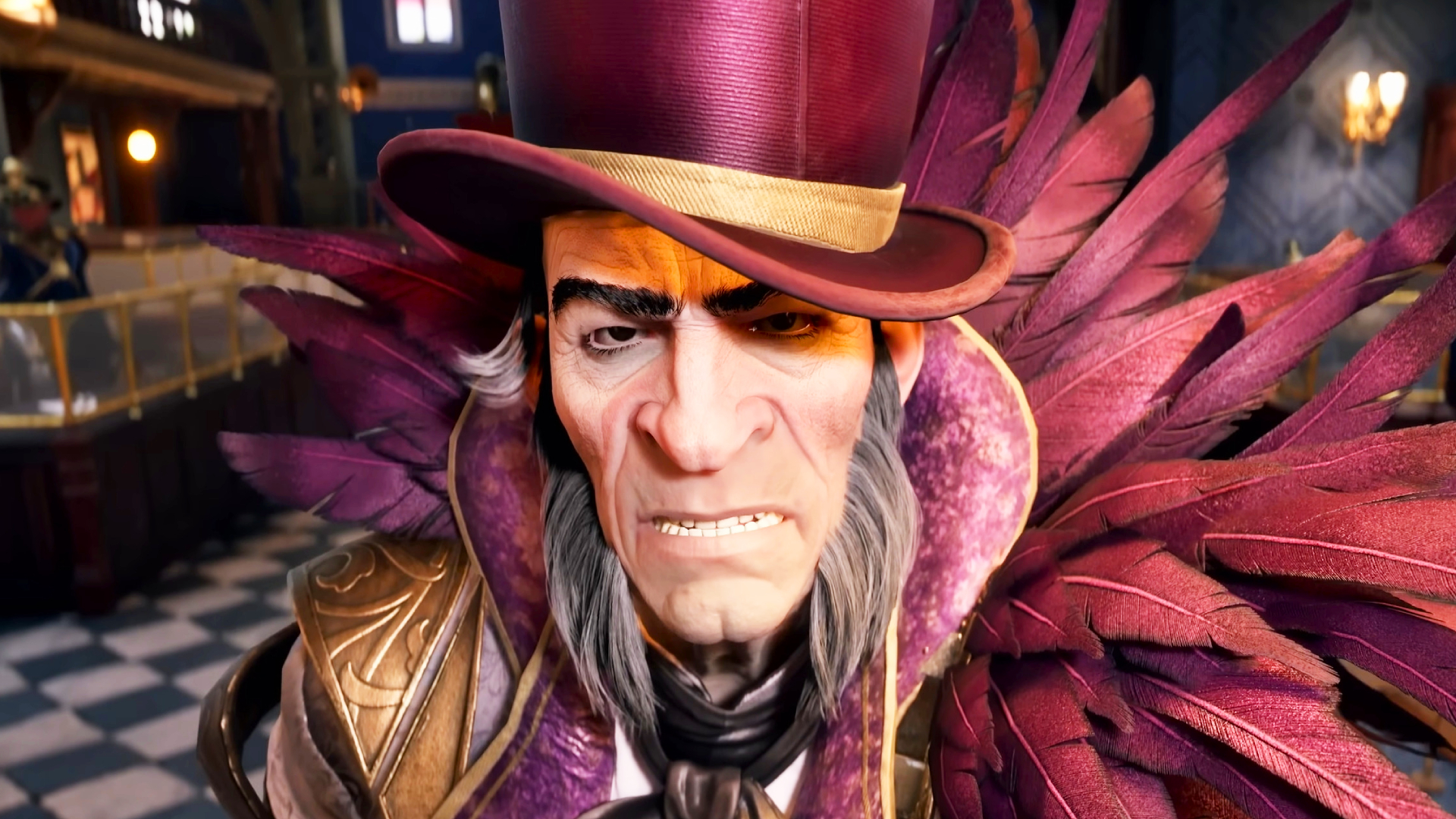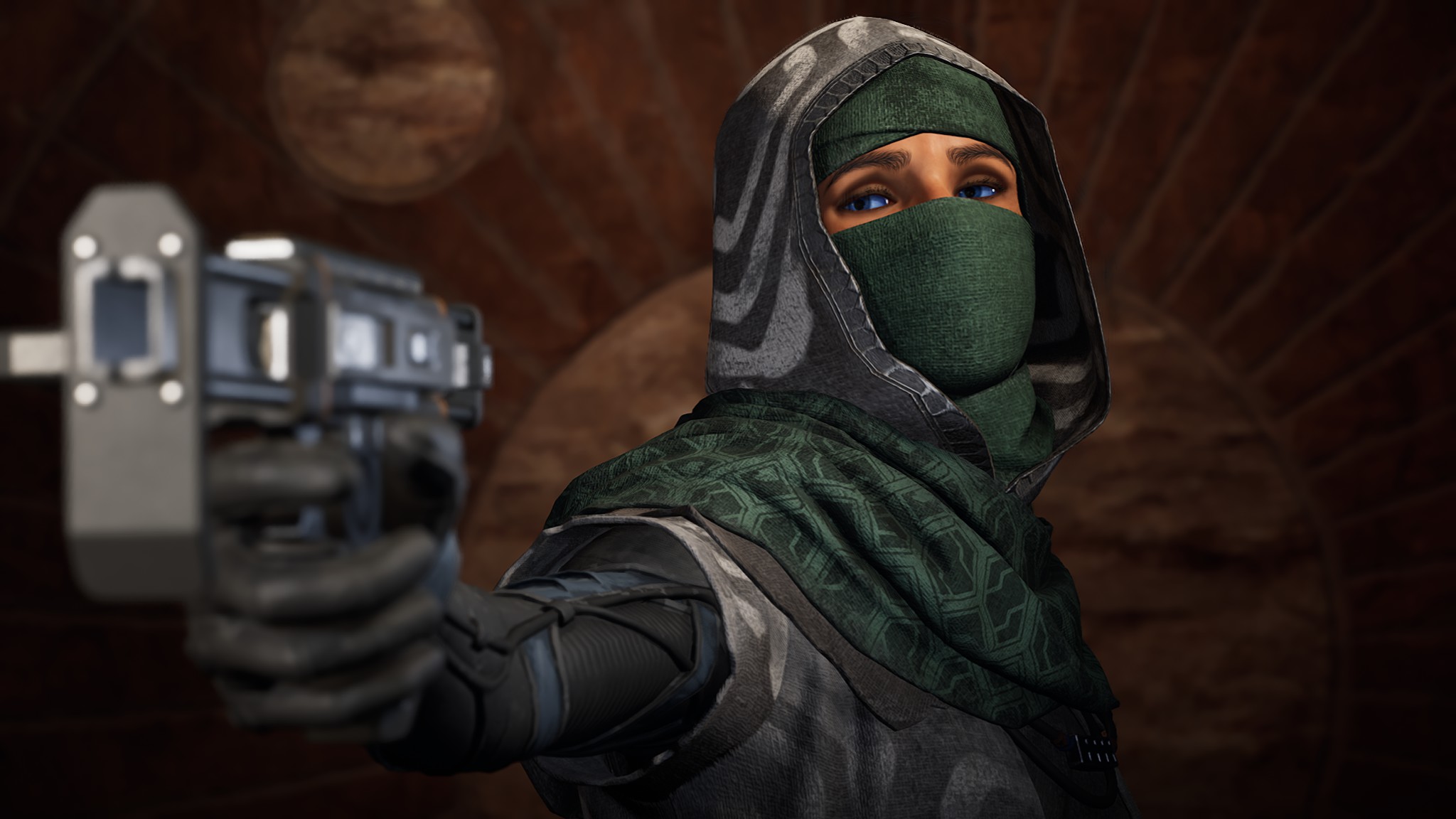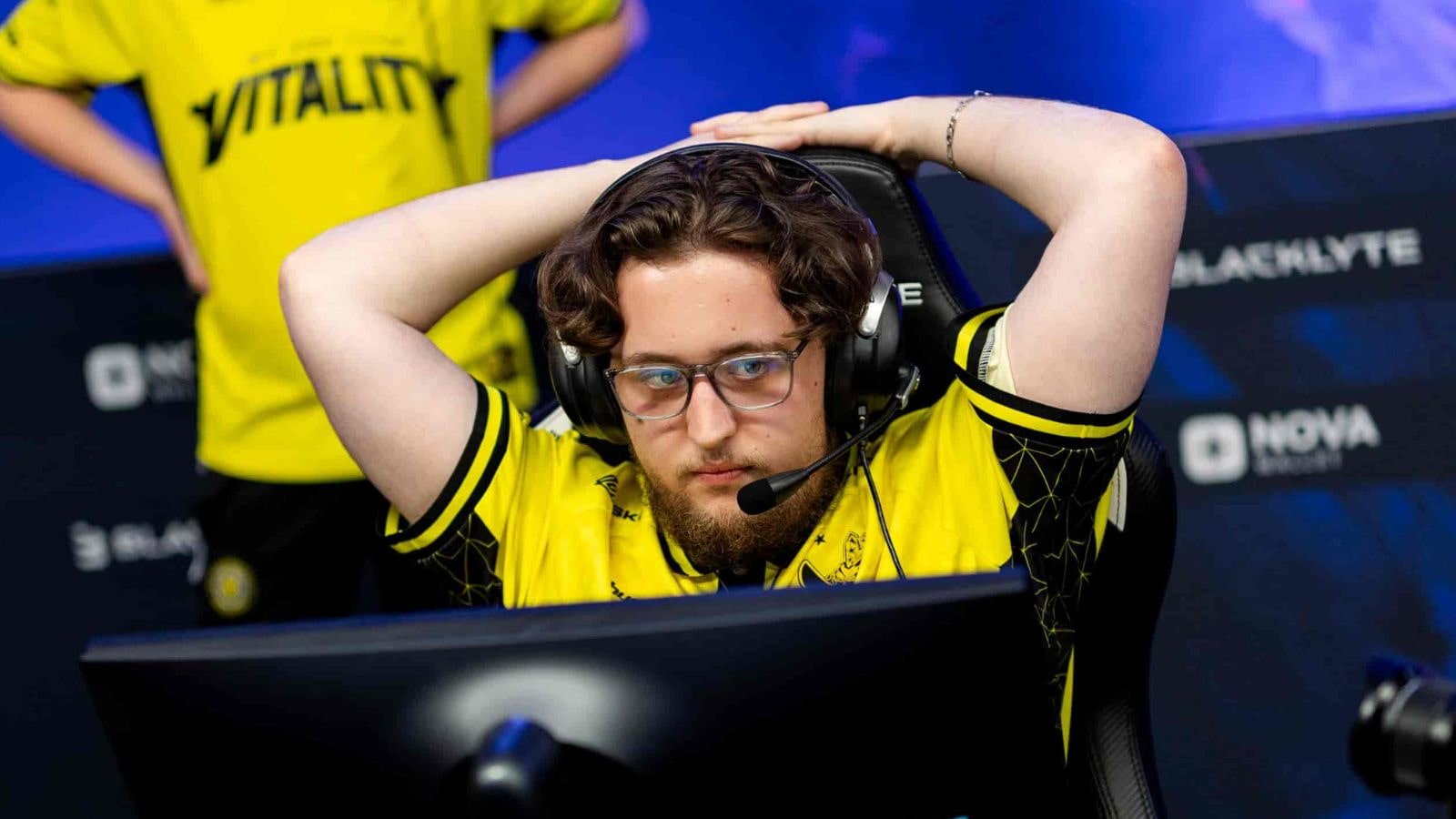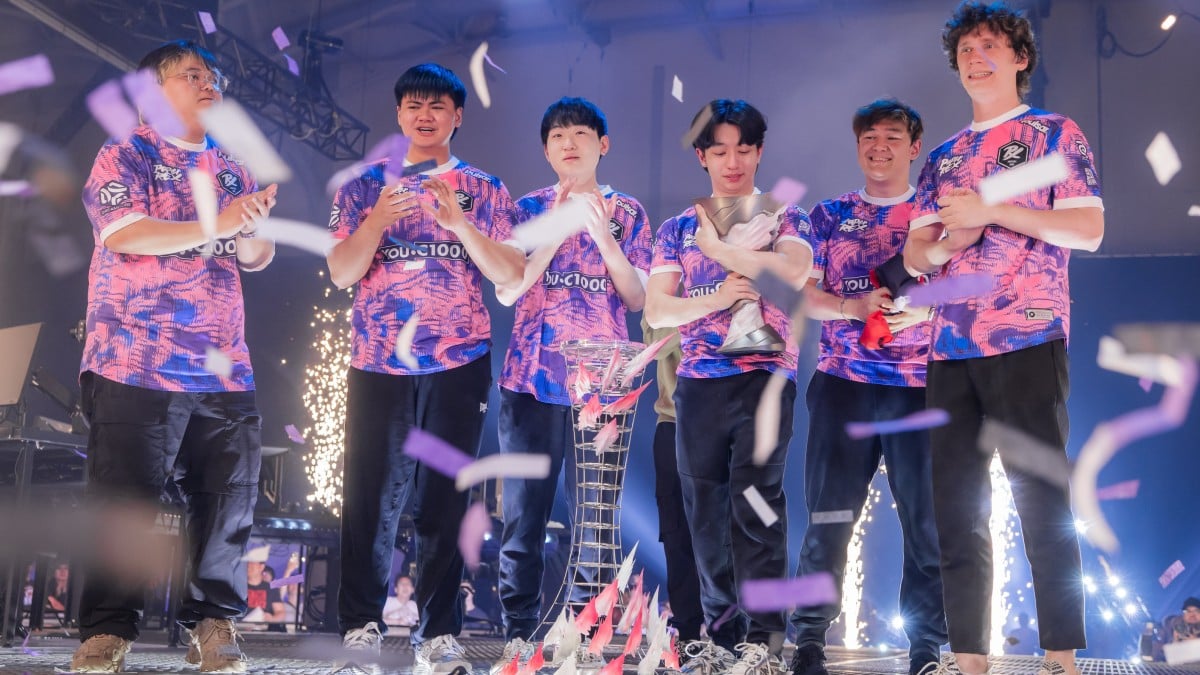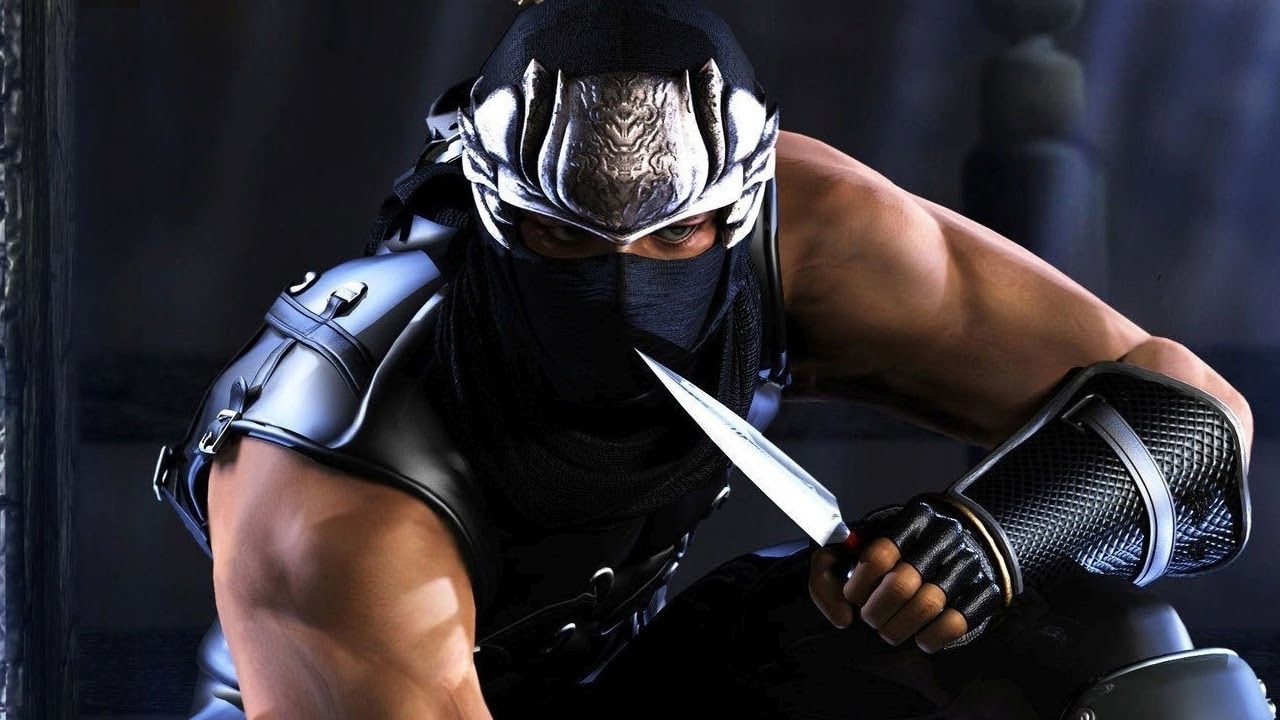
For too long this series has languished under Sigma.
I wasn’t expecting much from Thursday’s Xbox Direct, but then isn’t that always the way: It turned out to be the most laser-targeted assault on my gaming desires in years. What Microsoft is calling “The Year of the Ninja” saw the announcement of Ninja Gaiden 4, a mere decade after the disappointing Ninja Gaiden 3: Razor’s Edge, before the megaton dropped: Ninja Gaiden 2 Black. Out right now.
That word “Black” in this particular context had me drooling over my keyboard, which might seem a bit strange. But it’s all about the history of this particular franchise in 3D. You see, for a series that contains two of the best hack-and-slash games ever made, Ninja Gaiden hasn’t been enormously well-served by its re-releases and remasters over the years, with one notable exception (and now perhaps two). My opinion of the first two games could not be higher, and so when I say Team Ninja has stumbled more than a few times keeping them alive, I do so with a heavy heart. These developers rolling out the word Black in 2025 is a “We are so back” declaration I never thought I’d see.
Die player die
To start at the start, Ninja Gaiden began in 1988 as a fairly unremarkable arcade beat-em-up (starring the unforgettable “blue ninja” and “red ninja”) that was nevertheless popular enough for several home conversions. The then-Tecmo realised it was on to a good thing, and in the same year made another Ninja Gaiden (confusingly under the same name) for Nintendo’s stupefyingly successful Famicom as a side-scrolling platformer.
Fairly run-of-the-mill for the day, you’d think, except Ninja Gaiden’s difference-makers were the crisply responsive controls and uber-difficulty. Capcom found the same success with Mega Man: In the days when one game had to last you for a long time, difficulty could be a genuine selling point. Tecmo’s Ninja Gaiden formula would see a trilogy of side-scrollers and a few handheld spin-offs, popular enough to be polished-up and rereleased as a 16-bit collection (Ninja Gaiden Trilogy).
Then… well, it seemed like nothing happened. Ninja Gaiden would skip an entire console generation (bear with me: they all come to PC eventually!) before 2004’s Ninja Gaiden on Xbox, a game that reportedly spent five years in development. A remarkably long time in those days.
But that time was worth it. Ninja Gaiden was perfect. Chronologically a prequel to the NES games (as if we play these things for the story), it envisioned 3D weapon-based combat as brutal, unforgiving, and very bloody. Even in those days games could be a bit hand-holdy, but Ninja Gaiden set out to kill you as hard as it could over and over and over again.
This isn’t the place for my paean to Ryu Hayabusa, other than to say this guy moves like no protagonist in the genre before or since, and the feel of the 3D Ninja Gaiden games is always one of precision grace, horrible impact, and terrible consequences when you stumble. How much of this was down to the direction of then-leader of Team Ninja, Tomonobu Itagaki, is one of the big questions about Ninja Gaiden as a 3D series. They’d just come out with one of the most brilliant 3D combat games ever made, and were about to go on a blistering hot streak.
Master Ninja?
One year after Ninja Gaiden came Ninja Gaiden Black, and now we’re cooking with charcoal. Black doubled down on the ass-kicking by giving enemies new attacks and making them much more aggressive (as well as adding new ones, like Ryu doppelgangers).It reached a pinnacle for action games with a new Master Ninja difficulty setting and a mission mode that essentially pushed players as hard as it could. Itagaki called Black the “final” version of Ninja Gaiden (2004) as he went on to direct Ninja Gaiden 2.
The sequel would be released in 2008, but before then came the first wobble: Ninja Gaiden Sigma. Though Itagaki was still in charge of Team Ninja he was focused almost entirely on Ninja Gaiden 2, which Microsoft had paid big money to have as an Xbox 360 exclusive. PS3 port Sigma looked superficially good and of course is still fundamentally the same game, but dialled back notably on Black’s aggression, messed around with enemy placements, and even sanitised the game’s gory side. If Black was a director’s cut, Sigma seemed a bit like the made-for-TV edit.
“Gore” in this context is an unflinching presentation of what happens when an extremely sharp sword goes through someone’s stomach, which ironically enough Ninja Gaiden 2 embraced as a core feature. Ninja Gaiden 2 made combat even more sensationally impactful by wrapping the system around limb removals: Repeated blows or perfect parries gave Ryu an opening to take off something for an instant kill, and you did. Constantly. Bloodily. The whole game pivots on these gory finishers.
Ninja Gaiden 2, short review: Absolutely brilliant, clearly unfinished, totally unfair on Master Ninja difficulty, but I did it anyway. The levels and some unfair enemies needed that fifth year of development the original game had; I don’t know if I’d take it over Ninja Gaiden Black, but this is as good as 3D action games have ever played.
At this point Tecmo and Team Ninja have delivered in just four years:
- One of the best 3D action games ever
- A definitive, even better version of one of the best 3D action games ever
- A sequel with a decadently improved combat system
- Also Sigma
Then it started to go off the rails. Tomonobu Itagaki left just before the completion of Ninja Gaiden 2, in acrimonious circumstances that do credit to neither him nor Tecmo. There’s a whole other article here in Team Ninja’s post-Itagaki games, including triumphs such as Nioh, but for Ninja Gaiden it proved an ill omen. The first misstep was Ninja Gaiden Sigma 2, which added various content to the game but bafflingly nerfed the challenge right down. It changed enemy placements, reduced the numbers generally, and turned all the blood into purple mist.
Whether you agree with Itagaki’s aesthetics or not, both Ninja Gaiden and Ninja Gaiden 2 had a vision of how to treat the player, as well as how to present the finality of combat with weapons. “Gamers who think that Ninja Gaiden is too hard are losers,” said Itagaki at the time. “There are always winners and losers: Just fight your best fight!”
The Sigma games made the unforgivable mistake of softening the whole thing, misunderstanding that the whole reason one plays a Ninja Gaiden game is because you want the pain before the triumph.
Ninja Gaiden 3 was the ultimate misjudgment. From any other studio this would have been a serviceable hack-and-slasher, one designed for a wider audience and taking cues from the industry’s approach to action games. From Team Ninja it was shocking, and I mean that. This is not a good nevermind a great game, and the updated version subtitled Razor’s Edge… to be honest, I didn’t even bother with it.
In the years since Koei Tecmo has gotten it so wrong, repeatedly. First came an outsourced Ninja Gaiden game, Yaiba, which was like rubbing salt into the wound. It wasn’t competent. Then Ninja Gaiden: The Master Collection brought the games to PC in 2021… but delivered the Sigma versions of the games. Sigma, Sigma 2, and NG3: Razor’s Edge. Again they treated the Sigma versions as definitive, giving the impression that those in charge of the series never fully understood the nuances that made the first two games so incredible.
But now?
“The biggest reason for developing Ninja Gaiden 2 Black was to address the concerns of core fans who might be wondering, ‘What’s going to happen to Ryu Hayabusa?’,” says Fumihiko Yasuda, the head of Team Ninja. “We also wanted to give players something to enjoy as they wait for the release of Ninja Gaiden 4. We chose NG2 because it stands as one of the most solid action games in the series. We added ‘Black’ to the title to signal to fans that this is the definitive version, much like NG Black was for the first game.”
Which is why “Black” matters. After a decade-long hiatus like this, having let the series somewhat moulder on the vine, Team Ninja is out to once again own the games that define it. Calling this remaster Ninja Gaiden 2 Black is an open challenge to fans of the series, and the first time Team Ninja has used the subtitle since the days of Tomonobu Itagaki. It is a statement of intent, delivered as it was announced, and there to play: That’s my weekend sorted, anyway.
Are we back or dreaming?
It also feels like a marker for Ninja Gaiden 4. I have no doubt that Ninja Gaiden 2 Black is going to be pored-over and whatever changes it’s made come under the microscope: Is it really the 360 game re-done, or Sigma 2 re-done? The fact it’s on Unreal Engine 5 means, at least, modders will probably soon deliver your exact slice-to-satisfaction ratio.
It is wonderful to wake up on an otherwise unremarkable day and suddenly be slammed by the news that Ninja Gaiden is back in black. Not only that but with PlatinumGames, who have flattered to deceive in recent years but are clearly behind a striking new visual style of finisher and some unmistakable Metal Gear Rising: Revengeance echoes in the upcoming sequel.
Should you buy Ninja Gaiden 2 Black? Perfected or not, it’s still a dark shade of one of the best action games ever made and, whatever Team Ninja does, is in for a fun afterlife on PC.

